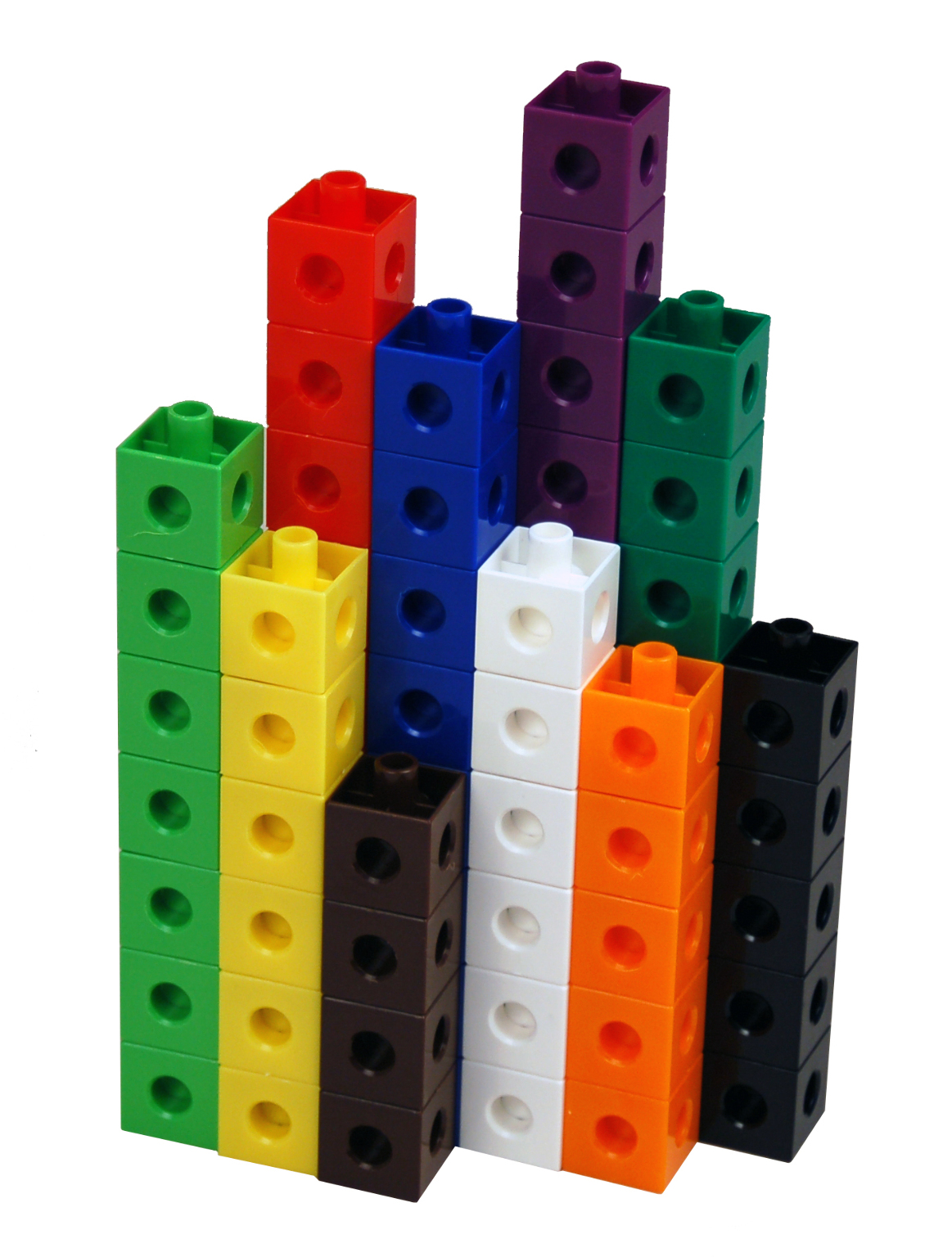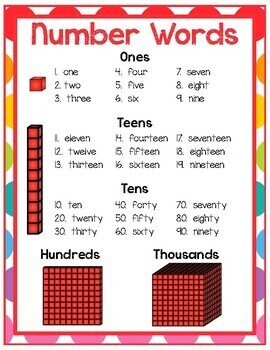

On my 40th birthday I made a bucket list of things I hoped to do or achieve. Yet time and again, I have fallen into the trap of believing that success and its accompaniments would fulfill me.
#NUMBER OF TEXT BLOCKS IN THOMAS HOW TO#
Brooks’s podcast, How to Build a Happy Life I know that satisfaction is one of the core “macronutrients” of happiness (the other two being enjoyment and meaning), and that its slippery nature is one of the reasons happiness is often so elusive as well. I write a column about human happiness for The Atlantic and teach classes on the subject at Harvard. “They amount to 14.”Īs an observer, I understand the problem. Riches and honors, power and pleasure, have waited on my call.”Īnd the payoff? “I have diligently numbered the days of pure and genuine happiness which have fallen to my lot,” he wrote. All of the world’s wealth and accolades were like straw in that moment of loss.Ībd al-Rahman III, the emir and caliph of Córdoba in 10th-century Spain, summed up a life of worldly success at about age 70: “I have now reigned above 50 years in victory or peace beloved by my subjects, dreaded by my enemies, and respected by my allies. I remember once seeing LeBron James-the world’s greatest basketball player-with a look of abject despair on his face after his Cleveland Cavaliers lost the NBA championship to the Golden State Warriors.

It was in fact a question to which I’d devoted a lot of my time over the previous few years-not just professionally but personally, and with sometimes uneven results.Įven the most successful people suffer from the dissatisfaction problem. “Like what?” she asked, her eyes narrowing with the healthy suspicion that comes from being the child of a social scientist, and thus an unwitting participant in many behavioral experiments.
#NUMBER OF TEXT BLOCKS IN THOMAS REGISTRATION#
Learn more about in-person and virtual registration here. Brooks and other experts May 1–3 at The Atlantic’ s In Pursuit of Happiness event. Want to explore more about the science of happiness? Join Arthur C. “But we’re not doomed.” I told her we can beat this affliction if we work to truly understand it-and if we’re willing to make some difficult changes to the way we live. “So life is just a rat race, and we’re doomed to an existence of dissatisfaction?” she asked. My daughter’s mirth now utterly extinguished, she had the expression I imagine Jean-Paul Sartre’s daughter must have had every day. By building a life that is ever more baroque, expensive, and laden with crap. How? Through sex and consumerism, according to the song.

“I try, and I try, and I try, and I try,” Jagger sings. But we never give up on our quest to get and hold on to it. We crave it, we believe we can get it, we glimpse it and maybe even experience it for a brief moment, and then it vanishes. Satisfaction, I told my daughter, is the greatest paradox of human life.

No matter what we achieve, see, acquire, or do, it seems to slip from our grasp. 2 on Rolling Stone magazine’s original list of the “ 500 Greatest Songs of All Time”-has a lot to do with a deep truth it speaks.Īs we wind our way through life, I explained, satisfaction-the joy from fulfillment of our wishes or expectations-is evanescent. To my mind, the longevity of that particular song-No. It wasn’t just the music, or even the performance, I assured her. “Do people your age actually like this?” I took umbrage, but had to admit it was a legitimate question. An audience of tens of thousands of what looked to be mostly Baby Boomers and Gen Xers sang along rapturously. What I found instead was the septuagenarian rock star Mick Jagger, in a fairly recent concert, croaking out the Rolling Stones’ megahit “(I Can’t Get No) Satisfaction”-a song that debuted on the charts when I was a year old-for probably the millionth time. I came over to her laptop, not being above watching someone making an idiot of himself for 15 seconds of social-media fame. On another, we use either crayons or markers in all of the colors of the rainbow to trace the letter inside the outline, or we use them as a template for some of our alphabet letter crafts, but one of our favorite things to do with these giant block letters is to fill them with objects that begin with that letter.Check out more from this issue and find your next story to read. We usually laminate one so that we can use it as a play dough mat. When we first start introducing the letters of the alphabet in our home preschool, we like to print off a few copies of large block letters and find various ways to play with them.


 0 kommentar(er)
0 kommentar(er)
